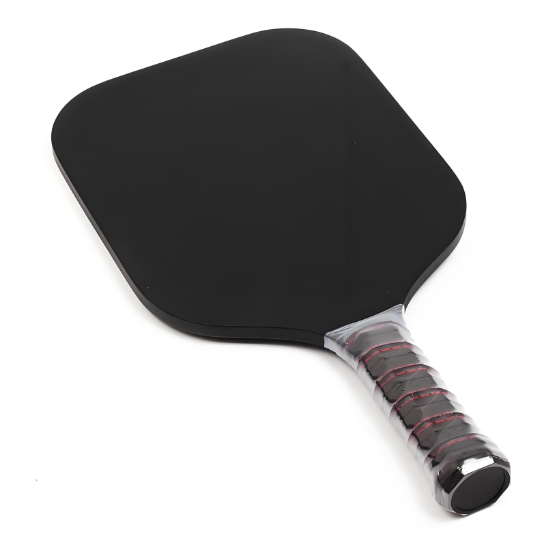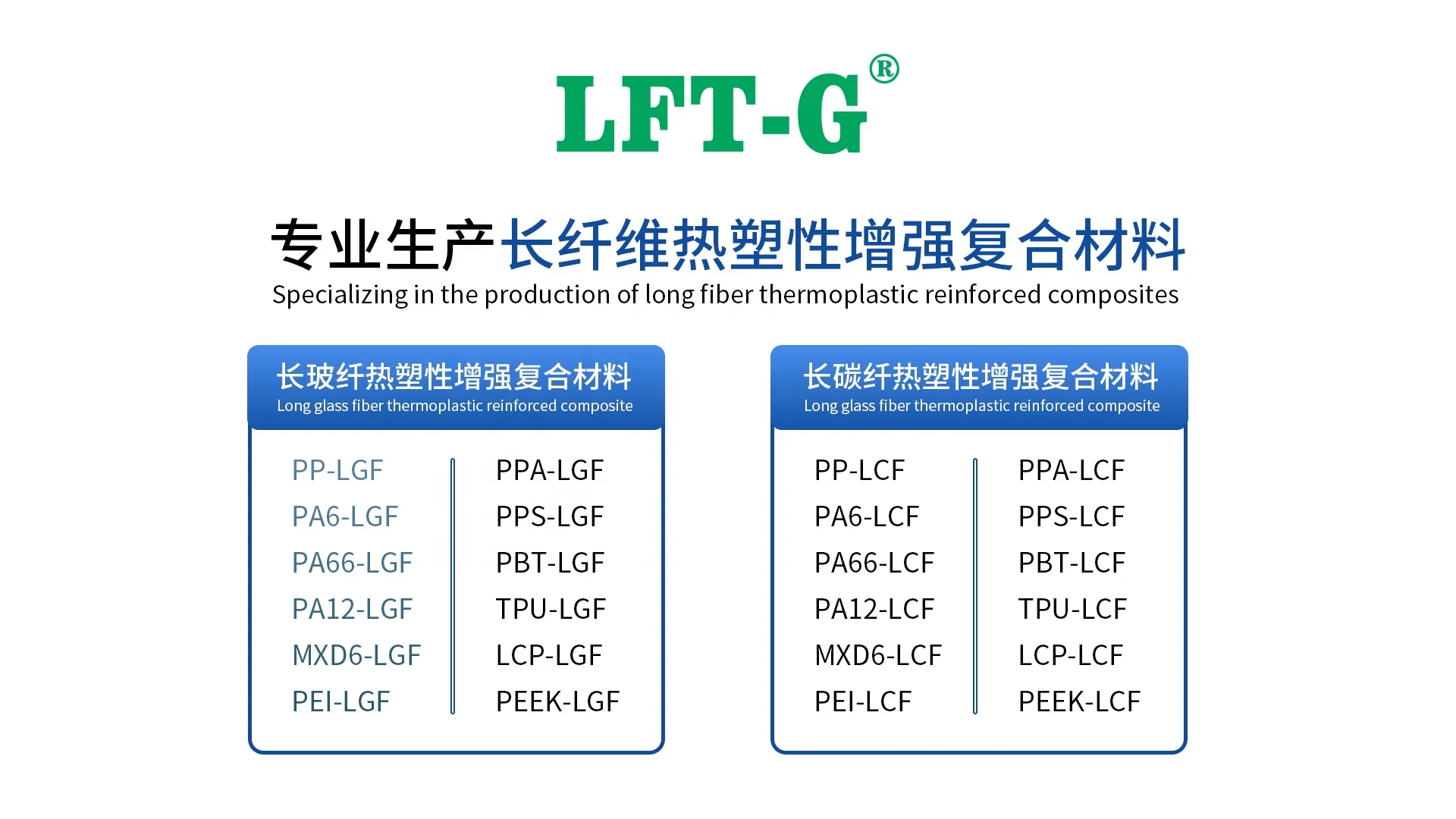новый блог

1. Введение
Размер рынка и разнообразие спортивного инвентаря продолжают расширяться, предоставляя людям больше возможностей для здоровья и отдыха. В то же время исследования и применение композитных материалов также достигли значительного прогресса, принося инновации и прорывы во все сферы жизни.
На пересечении этих двух областей важной темой исследования становится изучение спроса и тенденций в области композитных материалов для спортивного инвентаря.
Поскольку энтузиазм людей в отношении спорта и фитнеса продолжает расти, спрос на спортивное оборудование демонстрирует диверсифицированную и персонализированную тенденцию. На рынке появилось большое разнообразие продуктов: от традиционного оборудования для аэробных тренировок до высокотехнологичного интеллектуального оборудования для фитнеса.
Однако с постоянной эволюцией и инновациями спортивного оборудования требования к характеристикам материалов также растут.
В то же время исследования и применение композиционных материалов достигли большого прогресса. Композиционные материалы широко известны из-за их превосходных свойств, разнообразных функций и широких областей применения. От высокопрочных композитных материалов до легких наноматериалов, от гибких эластомеров до износостойких антикоррозионных материалов — новые химические материалы принесли революционные инновации и прорывы во все сферы жизни.
В этой статье подробно обсуждаются потенциал и перспективы применения композиционных материалов для удовлетворения требований легкости, высокой прочности, износостойкости и долговечности спортивного оборудования, чтобы обеспечить отрасли всестороннее понимание спроса. и тенденции в области композитных материалов для спортивного инвентаря, а также предоставляют полезные ссылки для будущих исследований и разработок.

2. Анализ спроса на спортивное оборудование из композитных материалов
2.1 Спрос на легкие и высокопрочные материалы для спортивного инвентаря
Вес спортивного инвентаря имеет решающее значение для переноски и обращения со спортсменами.
Более легкое снаряжение может снизить нагрузку на спортсменов и улучшить их мобильность и гибкость, что приведет к улучшению результатов на соревнованиях.
При длительных спортивных тренировках и соревнованиях более легкое снаряжение может снизить утомляемость и повысить комфорт, повышая выносливость спортсменов.
Кроме того, поскольку спортивное оборудование может выдерживать большие нагрузки и удары при занятиях спортом, существует высокий спрос на материалы с высокой прочностью и долговечностью.
Высокопрочные материалы выдерживают большие нагрузки и нагрузки, снижая риск деформации и поломки оборудования, тем самым повышая надежность и срок службы оборудования.
2.1.1 Случаи применения
Высокоэффективный композит — это легкий материал, состоящий из комбинации двух или более различных типов материалов. Обычные композиты включают полимер, армированный углеродным волокном (CFRP) и полимер, армированный стекловолокном (GFRP).
Эти материалы обладают превосходной прочностью и жесткостью, при этом являются легкими и широко используются в производстве высокопроизводительного спортивного инвентаря, такого как клюшки для гольфа, велосипедные рамы и сноуборды.
Теннисные ракетки, ракетки для бадминтона и ракетки для настольного тенниса, изготовленные из эпоксидных композитных материалов, армированных углеродным волокном, имеют небольшой вес и малую жесткую нагрузку, что может уменьшить отклонение времени контакта между мячом и мячом. ракетка. В то же время хорошее демпфирование помогает увеличить время контакта между игроком и мячом, так что ударный мяч может получить большее ускорение.
Соответствующие исследования показывают, что время контакта между теннисной ракеткой и мячом из эпоксидного композиционного материала, армированного углеродным волокном, достигает 4,9 мс, что почти на 1 мс выше, чем у стальной ракетки, так что максимальная начальная скорость теннисного мяча может достигают 161 км/ч, что почти на 16 км/ч выше, чем у стальной ракетки. Таким образом теннисисты смогут добиться более отличных спортивных результатов. Кроме того, применение композиционных материалов значительно увеличивает срок службы и долговечность ракетки.
2.2 Спрос на износостойкие и долговечные материалы для спортивного инвентаря
Спортивное оборудование во время использования часто соприкасается с такими поверхностями, как земля, корты и дороги, поэтому спрос на износостойкие материалы высок.
Износостойкие материалы могут эффективно противостоять трению и износу, продлевать срок службы оборудования и сохранять стабильность его внешнего вида и производительности.
Кроме того, спортивное оборудование подвергается частым ударам, нагрузкам и деформациям во время тренировок и соревнований, поэтому спрос на прочные материалы высок.
Прочные материалы выдерживают большие нагрузки и удары, снижая риск деформации, поломки и поломки оборудования, тем самым продлевая срок службы оборудования и повышая его надежность.
2.2.1 Случаи применения
Высокоэффективные полимеры с превосходной износостойкостью и долговечностью широко используются в производстве спортивного инвентаря.
Модифицированные полиэтиленовые материалы широко используются в спортивном оборудовании для игры в мяч и на водном льду, помогая защитить ударопрочность, термостойкость и амортизирующие свойства спортивного оборудования, одновременно обеспечивая хорошие спортивные впечатления, гарантируя безопасность спортсменов и отсутствие травм. .
Современные композиты сочетают в себе преимущества различных материалов с высокой износостойкостью и долговечностью. Например, композитный материал CNT-PDA-ткань из углеродного волокна/эпоксидной смолы обладает превосходной износостойкостью, может сохранять отличные гидрофобные свойства после трения и износа, даже если углеродное волокно рвется, демпфирующий эффект материала эпоксидной смолы может предотвратить общий выход из строя материал; Присутствие углеродного волокна также может предотвратить дальнейшее расширение трещины эпоксидной смолы, что является редким преимуществом при производстве спортивного инвентаря.

3. Анализ тенденций спортивного оборудования на композитных материалах
3.1 Влияние инноваций в области спортивного оборудования и технологического развития
Технологические инновации в области спортивного инвентаря сыграли роль в продвижении и стимулировании спроса на новые материалы.
С постоянным улучшением функций спортивного оборудования и изменением потребностей пользователей требования к свойствам материалов также возрастают.
Разработка и применение новых материалов могут удовлетворить потребности спортивного инвентаря нового поколения, обеспечивая более высокие характеристики, большую безопасность и удобство использования.
В то же время композитный материал из эпоксидной смолы из углеродного волокна при использовании процесса не испаряется и не выделяет токсичные и вредные вещества, а восстановление материала удобно, может быть повторно переработано при переработке и использовании, сырье и производстве и затраты на обработку невелики, а экономическая выгода очевидна.
3.2 Перспективы применения композиционных материалов в области спортивного инвентаря
3.2.1 Влияние разработки и применения композиционных материалов на спортивное оборудование
Разработка и применение композитных материалов оказали революционное влияние на спортивное оборудование.
Благодаря внедрению передовых материаловедческих и инженерных технологий спортивное оборудование совершило значительный прорыв в области легкости, повышения прочности, ударопрочности, износостойкости и устойчивости к высоким температурам.
Применение новых легких материалов делает спортивное оборудование более легким и гибким, обеспечивая при этом превосходную прочность и жесткость.
Новые материалы, такие как композитные материалы из углеродного волокна и высокопрочные полимеры, широко используются в производстве велосипедов, клюшек для гольфа, сноубордов и другого оборудования, значительно улучшая характеристики и управляемость спортивного оборудования.
На основе обеспечения функционирования спортивного инвентаря снижение качества материалов помогает снизить потребление физической энергии спортсменов, снизить сопротивление окружающей среде и еще больше улучшить результаты спортсменов. Например, уменьшение массы велосипеда на каждый 1 кг, используемого в шоссейной велосипедной гонке на 20 км, может улучшить его конечные характеристики на 20–30 секунд.
Разработка ударопрочных материалов позволила значительно повысить безопасность спортивного инвентаря. Такие виды спорта, как катание на лыжах, серфинг и футбол, часто сопровождаются ударными силами высокой интенсивности, а новые ударопрочные материалы, такие как полимерные материалы, могут эффективно поглощать и рассеивать ударные силы, что может защитить спортсменов от травм.
Кроме того, применение термостойких материалов позволяет использовать некоторое спортивное оборудование в экстремальных условиях, например, в автоспорте в условиях высоких температур. В то же время разработка водонепроницаемых материалов улучшила характеристики оборудования для водных видов спорта, а применение износостойких материалов продлило срок службы оборудования.
Таким образом, разработка и применение композитных материалов для спортивного оборудования привели к облегчению, повышению прочности, ударопрочности, износостойкости, устойчивости к высоким температурам и другим прорывам, улучшению характеристик и безопасности спортивного оборудования, предоставлению спортсменам лучшего опыта и возможностей для выступлений, и способствовать развитию и прогрессу в области спорта.

3.2.2 Потенциальные области применения и возможности композиционных материалов в производстве спортивного инвентаря
Композитные материалы имеют широкую перспективу применения в области спортивного инвентаря.
Благодаря разработке и применению композитных материалов можно улучшить характеристики, безопасность и экологические характеристики спортивного оборудования.
При производстве спортивного инвентаря композитные материалы могут применяться в области легких материалов, гибких материалов, высокопрочных материалов и экологически чистых материалов для удовлетворения потребностей пользователей в комфорте, долговечности, безопасности и экологических характеристиках.
Эти области применения и возможности будут способствовать постоянным инновациям и разработкам композитных материалов в области спортивного оборудования, некоторые из которых анализируются здесь.
Легкие материалы имеют большое значение при производстве спортивного инвентаря. Разработка композитных материалов может позволить создать более легкие и прочные материалы, снизить вес оборудования и улучшить портативность и комфорт использования. Также доступны материалы с высокой гибкостью и эластичностью, отвечающие потребностям пользователя в комфорте и гибкости.
Высокопрочные материалы имеют решающее значение при производстве спортивного инвентаря, повышая долговечность и безопасность оборудования.
Исследования и разработки композиционных материалов могут обеспечить высокопрочные и высокопрочные материалы, отвечающие требованиям к производительности при производстве противоизносного, противоударного и другого спортивного оборудования.
Применение экологически чистых материалов отвечает требованиям общества по устойчивому развитию и охране окружающей среды. Исследования и разработки композитных материалов могут обеспечить разлагаемые материалы, материалы, подлежащие вторичной переработке, малотоксичные материалы и т. д., чтобы уменьшить воздействие спортивного оборудования на окружающую среду и достичь целей устойчивого развития.
